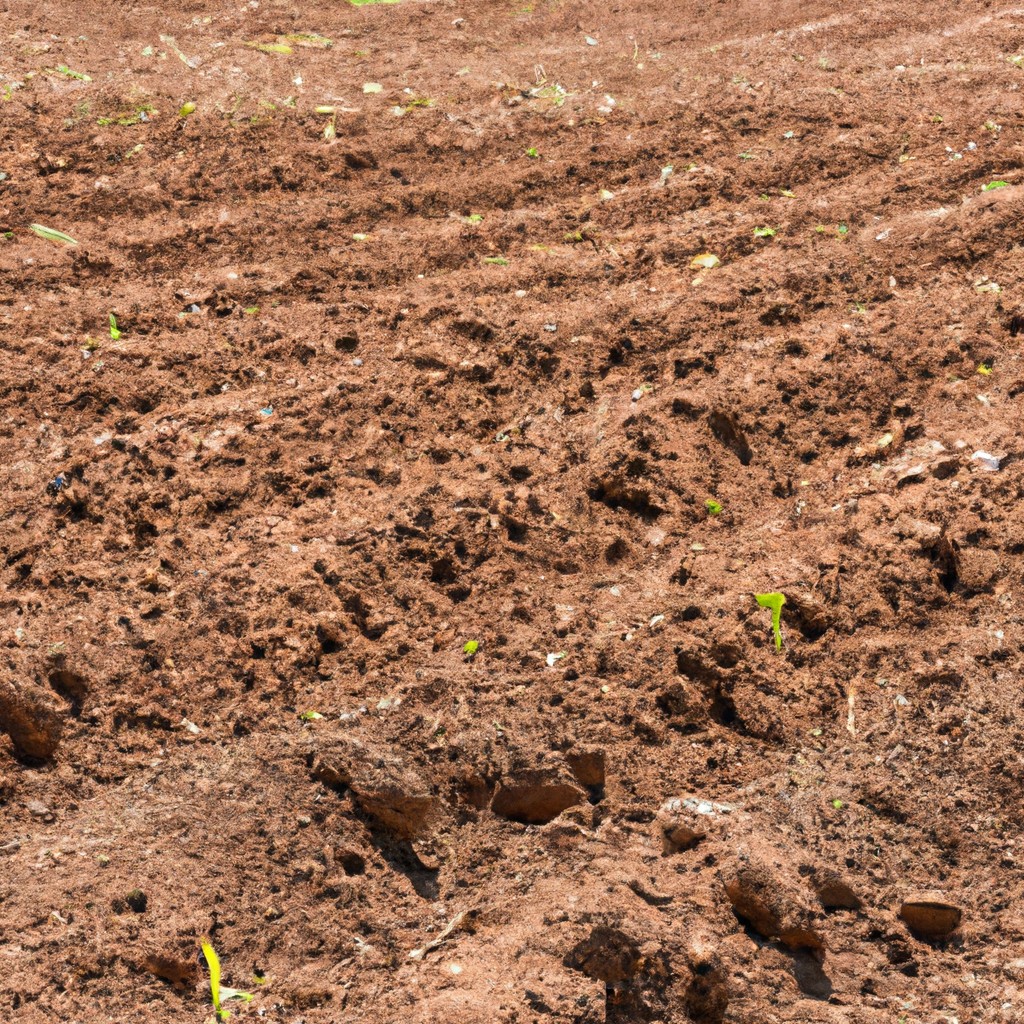Conservation tillage practices in agriculture enhance soil health by reducing erosion, conserving moisture, and increasing organic matter.
Look Inside:
Improved Soil Structure

Ever looked at a chocolate cake and thought, “Wow, that crumbles perfectly”? No? Just me? Well, improving soil structure with conservation tillage is kind of like achieving the perfect crumb. It helps create a balance between soil particles, making it neither too compact nor too loose.
When you leave residue from previous crops on the field, it acts as a buffer. This creates pores and spaces in the soil, which are essential for air and water movement. Think of it like Swiss cheese, but with less smell and more benefits for your veggies.
Roots can wiggle their way through the soil more easily. Happy roots mean robust plants, and robust plants are what we call “a win” in agriculture.
Worms and microorganisms thrive in this environment. These tiny critters are your underground workforce, constantly turning and enriching the soil. Imagine having an army of minions working for you, but without the banana obsession.
So, next time you see a field with remnants of last season’s crop, don’t think of it as messy. It’s a carefully curated, crumbly, root-loving, worm-friendly masterpiece.
Enhanced Water Infiltration
Imagine your soil is a sponge, but not the fancy kind from the home goods store. It’s more like the one in your kitchen after a month of washing dishes. Conservation tillage makes your soil sponge way more absorbent.
First up, those lingering crop residues on the surface reduce soil compaction. When the soil isn’t packed down tighter than a suitcase before a holiday trip, water can slip right in.
Next, the roots of previous crops, left undisturbed, create nifty little channels. These natural pathways allow water to infiltrate deeper rather than just having a superficial splash party.
Here’s the kicker: soil organisms like earthworms thrive under conservation tillage. These critters churn the soil, making it even more porous. Think of them as the aeration team for your soil.
In short, when your soil can soak up more water, your crops get the hydration they crave without turning fields into a mud wrestling ring.
Reduced Soil Erosion
Picture this: wind and water teaming up like mischievous bandits, whisking away your precious topsoil as if they’re running off with your prized possessions. Conservation tillage muscles in like a superhero, reducing this soil heist significantly.
Firstly, these practices leave crop residue on the field, which acts like a protective blanket, shielding the soil from raindrop impacts that can lead to erosion.
Secondly, the reduced disturbance means more organic matter is left intact, which helps maintain soil structure – kind of like creating a sturdy brick wall rather than a loose pile of sand.
And hey, those little channels created by roots and microorganisms? They play a starring role too, giving water a nifty path to follow, reducing surface runoff and ensuring rainfall stays where it’s needed – in the ground, not rushing off to somewhere less useful.
So, in the grand battle against soil erosion, conservation tillage is like the trusty sidekick every farmer needs, holding the soil firmly in its place, ready for another productive season.
Increased Organic Matter
When crops and plant debris are left on the field, rather than being plowed under, they start to break down. Yep, those corn stalks and wheat straw aren’t just lying around for aesthetics—they’re actually boosting the soil’s organic matter. Picture it as a soil buffet, and everyone’s invited!
Over time, this plant material decomposes and mixes in with the soil, creating a more hospitable environment for earthworms and microbes. These little guys are the superheroes of soil health. They munch away on the organic matter, breaking it down further and making nutrients more accessible to plants. Think of it as the soil’s very own recycling program.
And the benefits don’t stop there. Increased organic matter even gives soil a sponge-like quality, improving its ability to retain water. During a torrential downpour, instead of your field turning into Lake Mudville, it’s more likely to sip the water slowly. Now that’s something worth toasting a glass of compost tea to!
Carbon Sequestration
Plants are like nature’s superheroes. Instead of wearing capes, they use photosynthesis to pull carbon dioxide from the atmosphere and stash it in the soil. This reduces greenhouse gases. And yes, cooler than a basement hideout!
Here’s the scoop:
- Root growth: Roots dive deep into the soil, bringing carbon with them. It’s like nature’s way of socking away spare change for a rainy day.
- Microbial party: Soil microbes get buzzed and break down organic matter, helping lock more carbon into the soil. It’s a win-win—plants feed microbes and microbes keep the soil healthy.
- Residue magic: Plant remains left on the soil surface decompose gradually, creating a slow-release carbon deposit. It’s like a savings account that grows interest over time.
Who knew that farming could be a backstage pass to helping our planet breathe easier?




